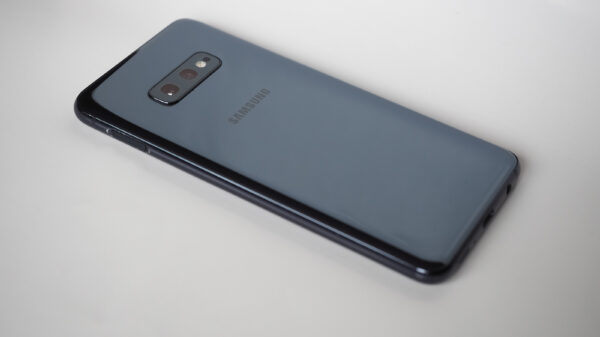WikiLeaks on Thursday published a user guide describing what appears to be a tool used by the U.S. Central Intelligence Agency (CIA) to intercept SMS messages on Android mobile devices.
Named HighRise, the version of the malware described in the WikiLeaks document is disguised as an app called TideCheck, and it only works on Android versions between 4.0 and 4.3.
According to its developers, the tool must be manually downloaded, installed and activated on the targeted device – this means that the attacker needs to have physical access to the smartphone or trick victims into installing it themselves.
The second scenario is less likely as activating the app requires the user to open the TideCheck app, enter the “inshallah” password (the Arabic expression for “God willing”), and select the “Initialize” option from the menu. The document shows that the app will automatically run in the background after a reboot once it has been manually activated.
HighRise can be used to proxy incoming SMS messages received by the compromised device to a remote server. The tool also includes functionality for sending messages to the server via a secure communications channel.
A different interpretation of the leaked document by The Hacker News suggests that HighRise is actually installed on the CIA operative’s phone and it proxies SMS messages from malware-infected smartphones to the agency’s servers. As the user guide describes it, the tool provides greater separation between the targeted devices and the CIA’s servers.
The user guide leaked by WikiLeaks is for version 2.0 of HighRise and it’s dated December 2013. Google has made numerous security improvements to the Android operating system since version 4 – the latest version is Android 7 Nougat – and malware such as HighRise may no longer work without significant updates.
On the other hand, cybercriminals have been keeping up with the improvements and they still manage to create profitable Android malware. Furthermore, given that HighRise requires a significant amount of user interaction, it’s possible that this or other similar projects are still successfully utilized by the CIA.
Over the past months, WikiLeaks has described several “Vault 7” tools allegedly used by the agency. The most recent leaks detail malware designed for redirecting traffic on Linux systems (OutlawCountry), stealing SSH credentials (BothanSpy), spreading malware on an organization’s network (Pandemic), locating people via their device’s Wi-Fi (Elsa), hacking routers and access points (Cherry Blossom), and accessing air-gapped networks (Brutal Kangaroo).
*Updated with information from The Hacker News
















